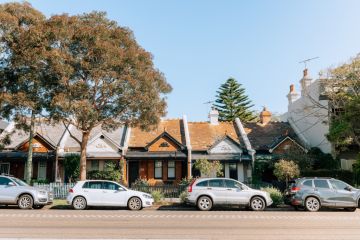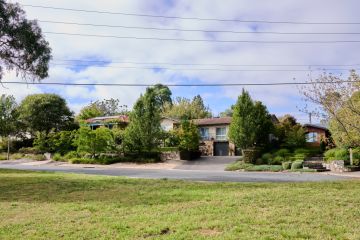Off-the-grid luxury home in Wildes Meadow has it all
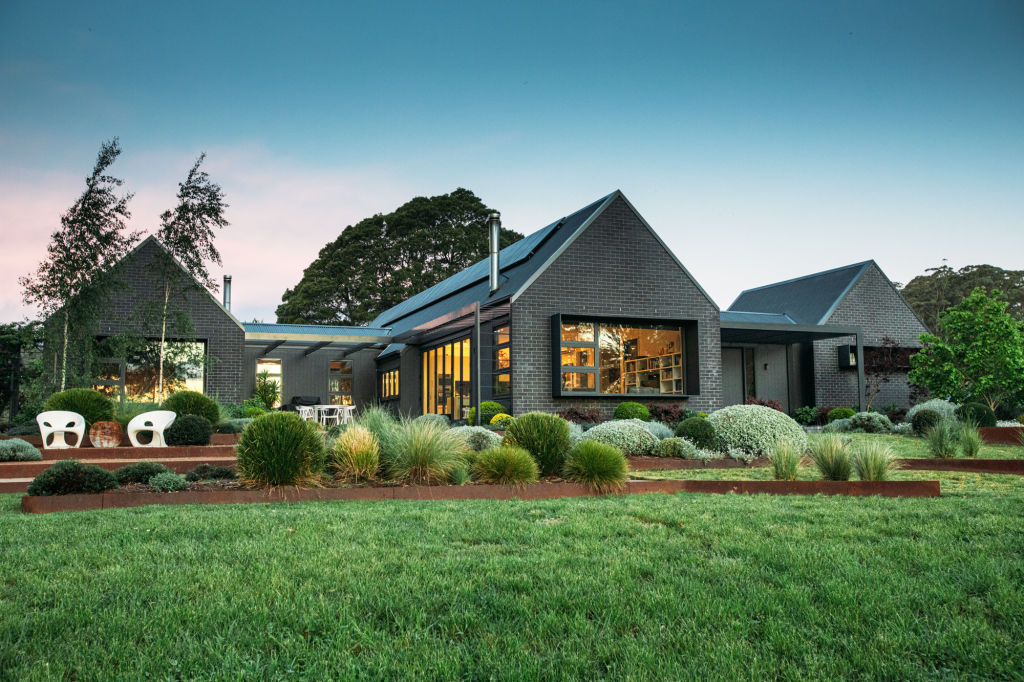
The 1890s-built cottage by the lake at Wildes Meadow was for much of last century the home of Martha Elliot, who lived a humble life without electricity or town water or even a kitchen beyond a pile of rocks on the verandah on which she cooked her every meal.
The story goes, she lived there until she died, aged in her 90s, and with a broken hip for the last four years of her life, according to current owner Phil Young.
In 2014, about 40 years after Ms Elliot died, Young and his wife Zvoni Hodak purchased the 4.6-hectare property for $640,000 amid plans to undertake yet another major property restoration and renovation project.
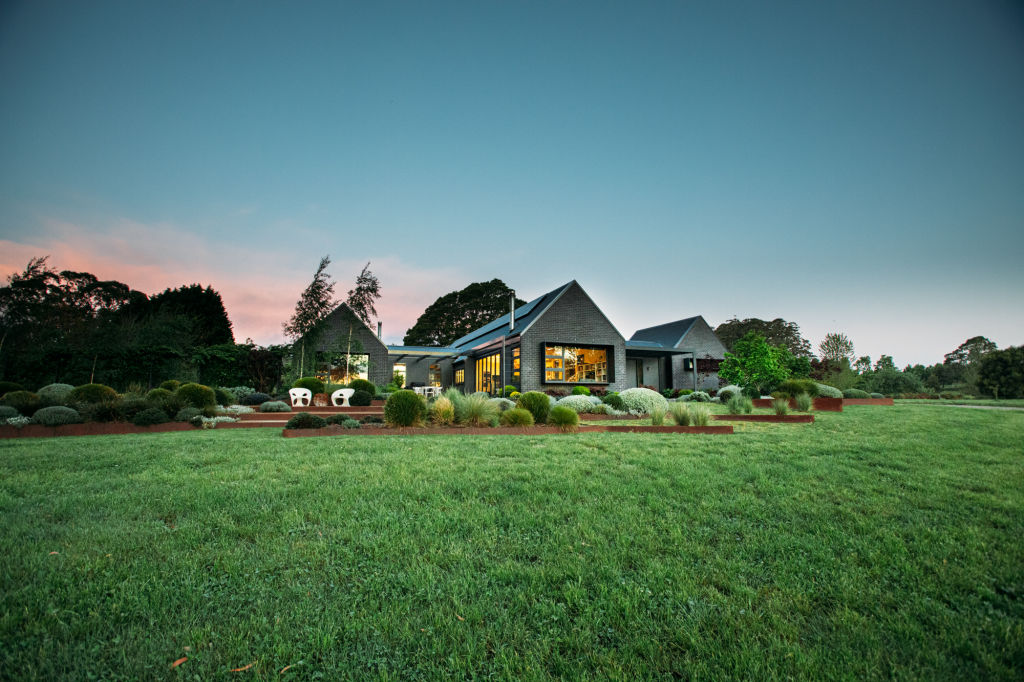
Ms Elliot’s cottage remains, but a second residence has taken shape up the hill designed by architect Tony Trobe and surrounded by gardens designed by celebrity landscape designer Brendan Moar.
The three-pavilion residence couldn’t be more different to the cottage Ms Elliot called home but with one important factor: it remains off-the-grid for electricity, water and sewerage.
“We wanted to show people what off-the-grid living can be like because people often imagine its about candles at night whereas the reality here is very different,” said Young.
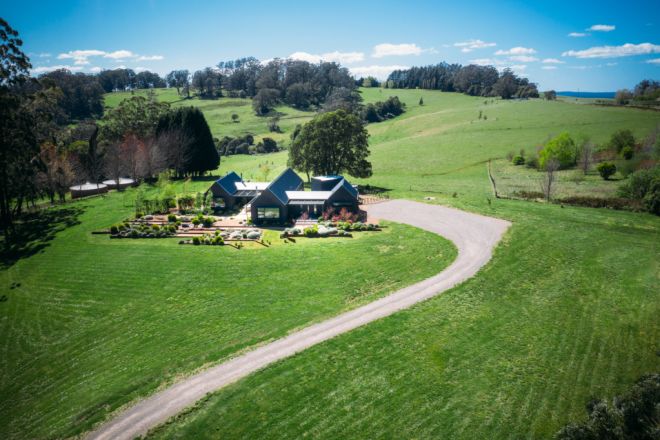
The original cottage, main residence and a separate work shed are all run from solar power with lithium battery storage that offers more than 30 kilowatt hours of capacity. In practical terms that means that between the two houses there are four floors that have underfloor heating, four fridges, two airconditioning units and all the usual domestic mod-cons.
It’s not only a far more glamorous take on prepping, but when the power goes down locally – as it does once or twice a year in big storms – the house is the envy of the neighbours.
“When that happens we’ll put out a message to neighbours that we have some fresh baked bread and such if they need anything,” said Young.
We recommend
We thought you might like
States
Capital Cities
Capital Cities - Rentals
Popular Areas
Allhomes
More
